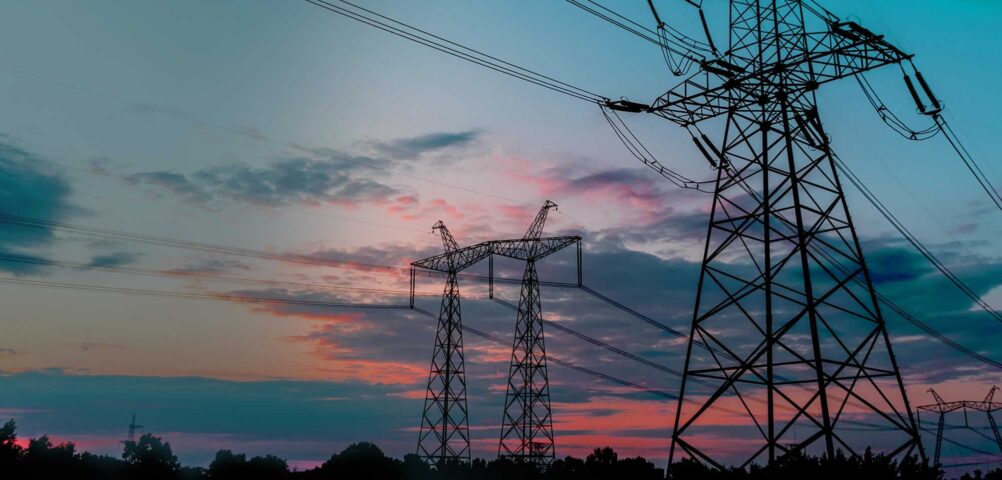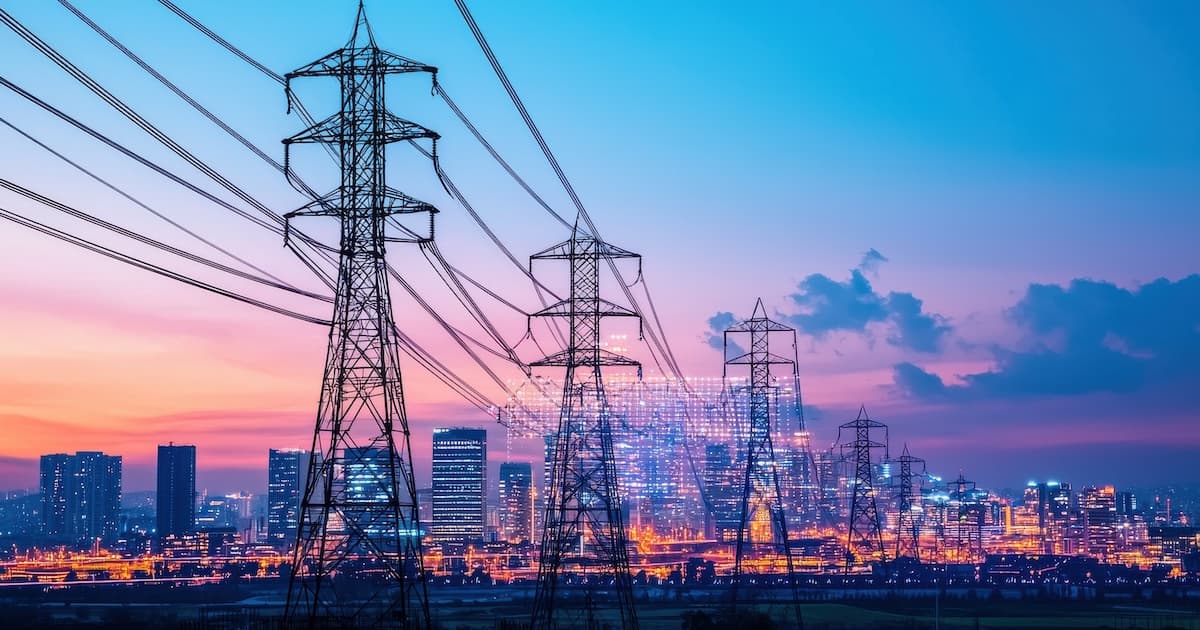Utilities Industry Solutions
Bloom Energy partners with Utilities nationwide to enhance grid resilience, achieve zero carbon power, reduce emissions, and quickly deploy power in critical areas.


How Fuel Cells Can Solve Utilities’ Energy Demand, Affordability, and Decarbonization Challenges
Fuel cells can be part of a multi-pronged approach to help Utilities navigate growing energy demand while maintaining reliable, resilient, and sustainable power.
Benefits to Utilities
Meet rising power demand and decarbonize your operations without compromising reliability, resilience, or causing stranded assets and ratepayer impacts.
Proven Technology
We have deployed over 1.5 GW of power with companies like Duke Energy, Southern Power and Exelon, 1 GW of power with AEP, the largest commercial fuel cell procurement to date.
Scalable & Modular
Fuel cells can be installed at or adjacent to customer facilities or at distribution substations, creating maximum flexibility for utility distribution engineers.
Clean
Combustion-free generation significantly reduces CO₂ emissions and nearly eliminates other harmful air pollutants.
Fast Time to Power
Available in as little as 90 days. Can be deployed quickly and redeployed to other locations.
“Our Bloom Energy Servers in New Castle, Delaware rode through Hurricane Sandy without incident and continued to feed power to the regional power grid despite all the challenges the storm presented.”
– Gary Stockbridge Delmarva Power President